
Want to learn how to create a React app toolchain? This tutorial walks you through creating a user list with a React toolchain you built from scratch.
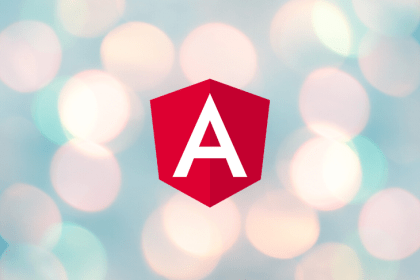
In this tutorial, we’ll walk through how to build a single-page application that retrieves a list of videos from YouTube by passing in a search query and other parameters to the YouTube search API.

Learn how to create a Nuxt.js dashboard using a database in Cube.js and custom visualizations built with Highchart.

The Vuex 4 beta is now available, adding support for the Composition API, more robust inference for TypeScript, and more.

Queues are helpful for solving common application scaling and performance challenges in an elegant way. Bull is an abstraction/wrapper that takes care of all the low-level details and enriches Redis’ basic functionality so you can more easily handle complex use cases.

Learn more about the major enhancements that got added to the framework as a part of Next.js 9.3 and Next.js 9.4.
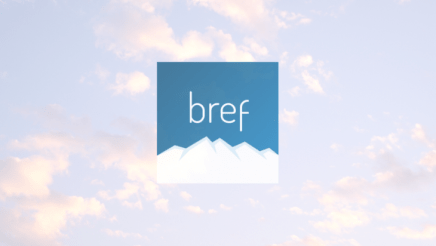
In this tutorial, we will be building and deploying a serverless PHP application that processes incoming emails programmatically using SendGrid Inbound Parse.
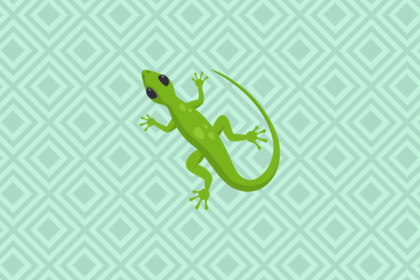
Cutting corners during the testing phase can lead to false confidence and, ultimately, a faulty app. Vue Testing Library helps you test your Vue components just as your users interact with them.
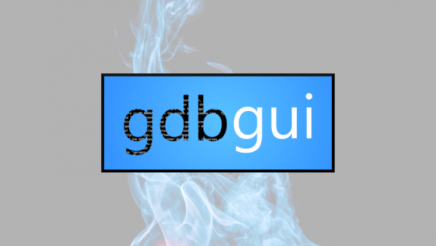
In this post, we will be examining gdbgui, an extension of gdb, which will help us debug compiled languages.
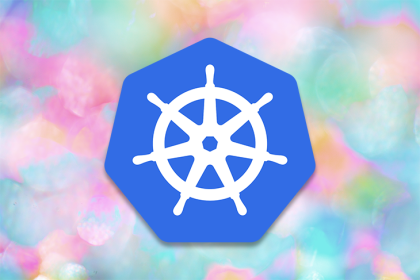
We break down the concept of Kubernetes node operators, reviewing what they are, why and when to use them, and their advantages.
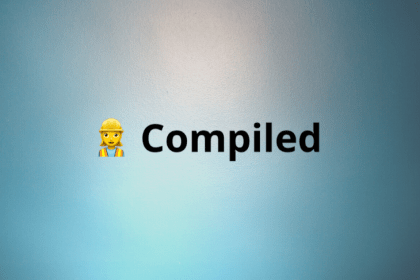
Learn how Compiled can help you take full advantage of the great developer experience of writing CSS-in-JS without sacrificing performance.
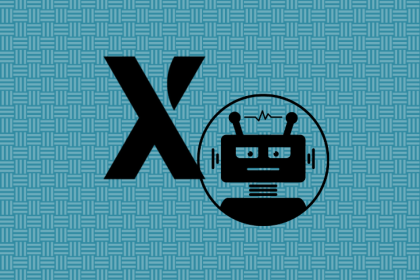
If your application is complex, things can quickly spiral out of control as new features are added. State machines offer a better-organized way to manage state in React applications.